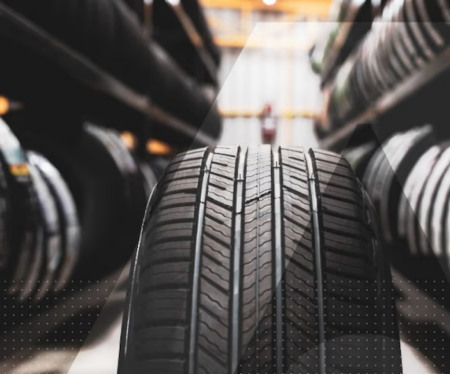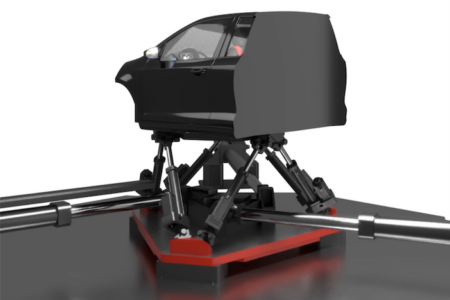Bosch has announced its contact-free wheel alignment tool, the new FWA 9000. The system is capable of scanning and assessing all four wheels of a vehicle simultaneously, providing instant date for camber and toe. By not having to apply tire clamps during this process, setup times are dramatically reduced over conventional alignment measuring.
The system’s Smart Test function provides consistently accurate measurement within seconds – simply drive the vehicle into position and measure.
The Touchless system bases its assessment on the position of the tyre and the chassis of the vehicle. The FWA 9000 recognises the movement a vehicle as it approaches the unit’s turntable pads, and starts initial measurement automatically. Thousands of reference points, generated by laser, are projected on the side of the vehicle, while two stereo cameras per measurement head provide a highly accurate 3D reference model of each wheel. Providing measurements for camber, individual toe, total toe, setback, caster and geometric driving axis values in a few seconds, the system can be controlled remotely so the operator need not leave the vehicle.
Bosch states that the FWA 9000 has been engineered to withstand the rigours of the workshop. As a result, the eight separate cameras are claimed to be highly resistant to vibration, to deliver accurate and consistent results.
The system is powered by a newly developed software, which Bosch states is ‘both powerful and easy to use, combining intuitive graphics and an easy to understand GUI (Graphical User Interface).’
The system’s Smart Align allows quick and easy alignment of the sensors if required, provides live images of each wheel. The system’s database includes benchmark reference data for more than 30,000 vehicle types, from approximately 130 manufacturers in 16 languages, and allows a complete review and evaluation of the results. The system’s Smart Link function allows the FWA 9000 to work seamlessly with the integrated Bosch four post lift, automatically adjusting to different wheelbases and track widths without the need to relocate lifting points.




